Linking communities, lighting lives
Electrifying the Tajik-Afghan border

By Matt Reed, CEO, Aga Khan Foundation UK
Five years ago, I travelled to a village called Deh in southern Tajikistan with a delegation from the Norwegian government and colleagues from the Aga Khan Development Network (AKDN). Like most villages in this mountainous corridor of Rushan district, Deh is situated in the narrow strip of land and hills between the raging Pyanj river and the vertiginous Pamir mountains. Across the river to its south lies Afghanistan, less than 100 yards away.

It was a crisp spring afternoon. We arrived in a bucolic meadow lined by poplar trees, with bright shafts of sun punctuating the canopy of lawn. In the distance, we heard the flowing river and the ambient soundscape of rural life – bleating goats, the occasional groan of a cow, the cackle of chicken. The lilt of voices floated in the air and we were met by a small crowd of villagers led by two beautiful girls in traditional Pamiri dresses, offering us the customary greeting of bread with local honey. There were poems and speeches welcoming us, then music and a bit of dancing. To the delight of the group, one of the Norwegians accepted an invitation to join in, impressing us all with steps learned during his former role as the Ambassador to Azerbaijan.
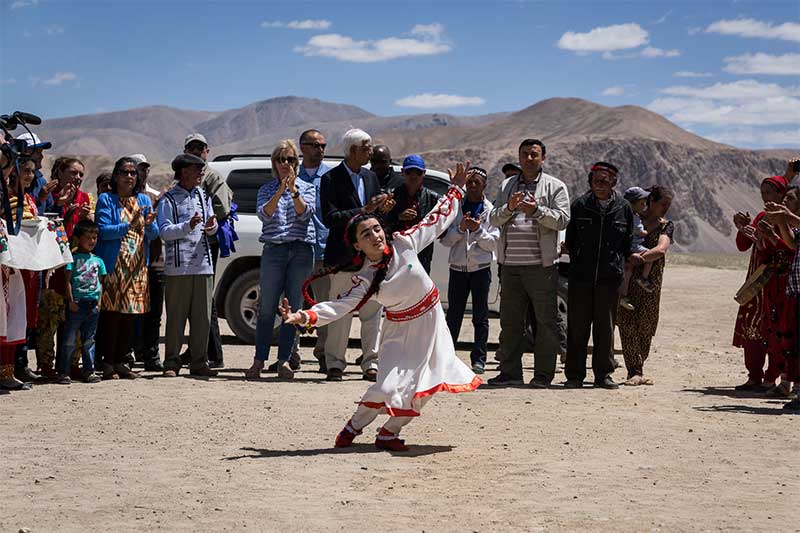
But as joyful as our reception was, we all knew that life was difficult in Deh. 50% of the population lives in extreme poverty. Almost 20% of children in this corner of the country are stunted from malnutrition. A third still lack access to clean water or sanitation. Although 96% of Gorno-Badakhshan Autonomous Oblast (GBAO) is now electrified, since the fall of the Soviet Union in 1991, the village still did not have access to vital electricity.
After the singing and the dancing, we talked with the men and women of the local village organisation and discussed the challenges they faced. We asked them what a normal day was like. The women told us that they spent four to five hours fetching wood for cooking, light, or warmth. The men said they spent most of their time tilling land or trading animals – without electricity, it was difficult to do much else. As we prepared to leave, the community leader thanked us again for coming and asked us if we could help bring the electricity back. Although other things would make a difference, he told us, stable power would change their lives dramatically.
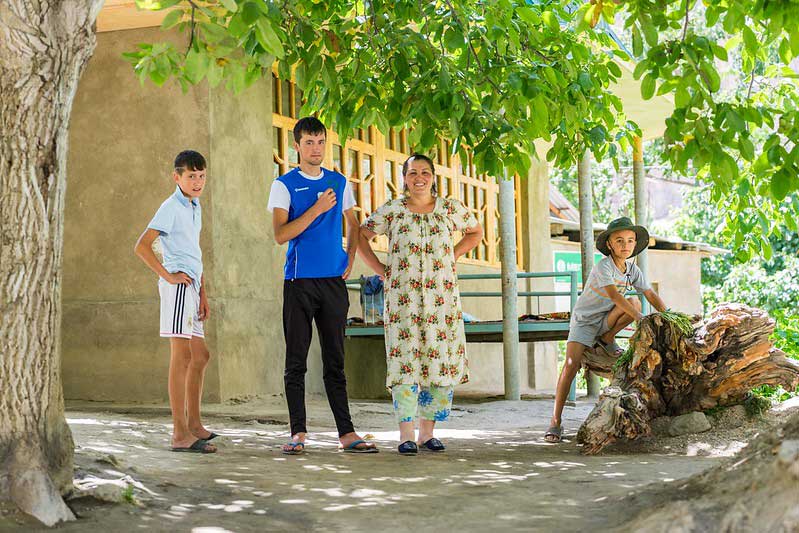
None of us were surprised that energy topped the community’s list of priorities. President Rahmon had recently visited Rushan and emphasised its importance for Tajikistan’s development. The country listed energy as a critical element for growth and prosperity. Knowing this, our delegation had come to the cross-border region of Tajikistan and Afghanistan to learn about energy access and to see projects that the Norwegian Foreign Ministry had already funded to connect communities on both sides of the border to power, and to each other. In addition to energy, the Norwegians had piloted cross-border work with AKDN to address other critical needs like irrigation and water, education, and healthcare.
Since 1996, AKDN has implemented joint development projects in the border districts of Tajik and Afghan Badakshan. Isolated from their respective capitals, linked by a common language and culture, the area is divided by a river, a few hundred yards, and a hundred years of geopolitical jockeying. For places so remote, it is sensible to find synergies and solutions through regional cooperation, allowing these communities to mutually benefit from whatever they can in this oft forgotten corner of the world. Geographically logical, but politically difficult.
Understanding this, in 2008, AKDN worked with both governments to construct the first of five cross-border bridges that now link these border areas. Accompanying the bridges are weekly markets giving local entrepreneurs a place to sell their wares and, crucially for the Afghans, providing much-needed access to vital goods. Prior to the construction of these bridges and markets, those living on the Afghan side faced a two-day donkey ride along treacherous mountain paths for salt, flour, and other staples. Taken together, the markets now give over 1,000 traders a place to sell each week. A single bridge and market near Vanj has created over 100 jobs there. But beyond commerce, the markets are a place for connection and community. They reunite families that have not seen each other in decades and build relationships between communities, which in turn has helped moderate border and security tensions.
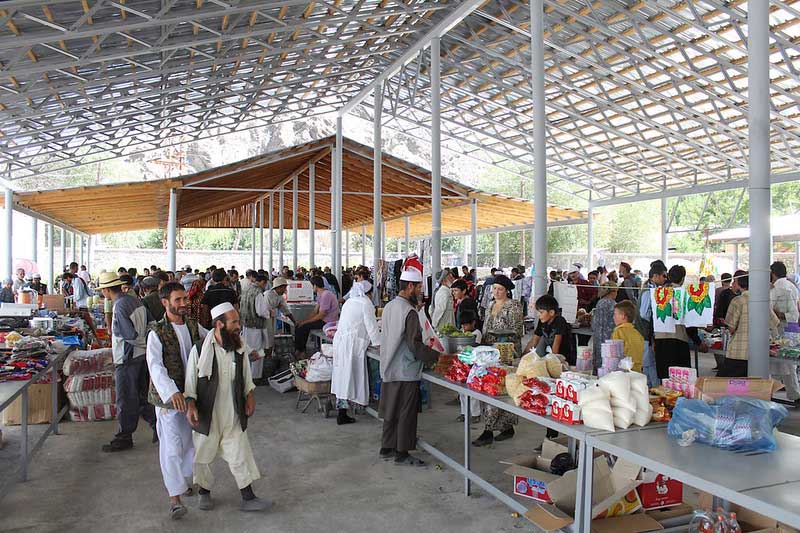
Since 2008, a variety of other cross-border services and initiatives have been started, from education and vocational training to healthcare and water management. Perhaps most significantly, as Pamir Energy, the local Tajik utility operated in a public-private partnership with AKDN, modernised and improved its hydropower and distribution network, it began to export electricity to villages in Afghanistan – places that had never been electrified. With support from Norway, Germany, Switzerland, and the US, Pamir Energy now provides power to scores of villages in northern Afghanistan, serving 40,000 people, while continuing to provide 24-hour electricity to most of the communities in Tajik Gorno-Badakshan.
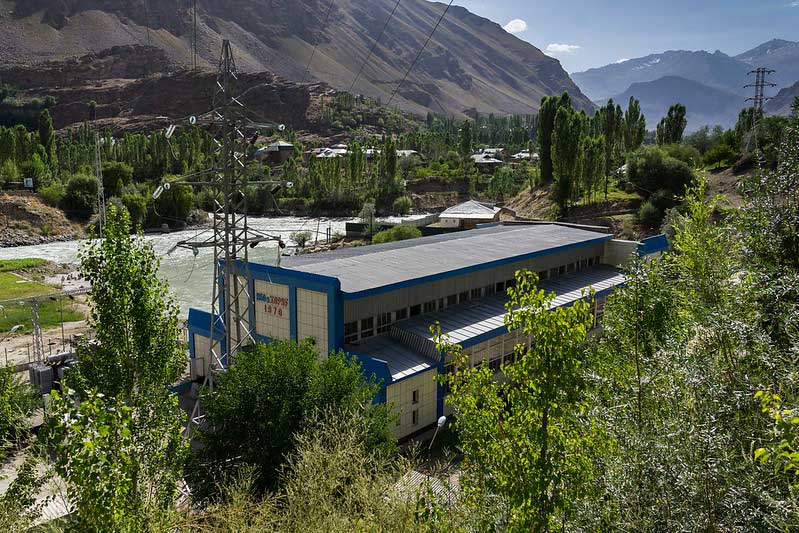
There are many reasons to support expansion of electricity access in this part of the world. The job of rehabilitating the energy grid left by the Soviets is unfinished: when we visited in 2012, Deh was one of the few Tajik areas where power had not yet been restored, with acute results. We also know that access to electricity plays a vital role in human development, promoting economic opportunities, reducing toil and drudgery, improving public services, and enhancing educational outcomes. The financial savings from electricity access can improve household fortunes significantly: the cost of diesel generators, paraffin, kerosene, or other sources can be $98 a month, while a typical month’s electricity costs just $15.
In Central Asia, the geopolitical implications of cross-border energy are also significant, showing the potential of regional energy export, building essential trust between governments, and promoting wider stability through regional cooperation and development. These projects help demonstrate that the region’s governments are stronger together through trade, transport, and other ties. For the governments that support AKDN’s work there, these are the macro considerations that underpin their commitment.
“The electricity our partnership has brought will help people in communities like Deh find their own opportunities and seize them. Our investment in Pamir Energy was ultimately an investment in them: their energy, their drive, and their determination.“
Following our trip, the governments of Norway and Germany decided to come together in support of Deh and three other communities like it in the Rushan district of Tajikistan, as well as 17 villages in Shugnan and Mohi Mai, Afghanistan. These two Western countries, themselves separated by water and history but now linked in a common European project, joined to promote development, connectivity, and cooperation between Tajikistan and Afghanistan, neighbouring regions seeking better lives. Together, they invested over €6.3 million to bring energy to these communities, upgrade the electricity lines serving them, and improve the training of technicians, engineers, collectors, and specialists to install and maintain them, providing livelihoods in the process.
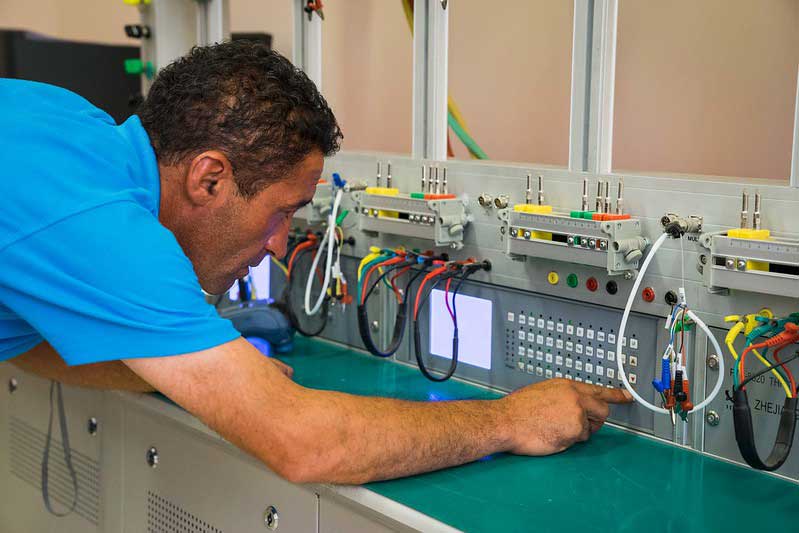
Most of the work was completed this summer. And so last month, after five years, I returned to Deh to see the powerlines and officially open them. This time, I was joined by a delegation from Germany’s KfW and the PATRIP Foundation. Once again, we went to Deh. Once again, we were greeted by beautiful girls and boys in traditional dress and young women reciting welcome poems in Tajik, English, and German. It pleased me to think they might be the same small children we saw five years ago, now grown and educated.
It was another festive occasion, with music and dancing. But this time, we knew that lives were getting a bit better, that opportunities were opening, and that the village was more optimistic about its future. In the month since the power had come back, several new businesses had already been started. A man named Azimsho opened a carpentry shop because he now has the electricity to run powertools. Sawdust spilled from his doorway as we walked past. Down the lane, one of my colleagues recognised a young mother called Hamida, who had left Deh several years ago but has recently come back, she said, because the electricity’s return had made her more optimistic about her own prospects there. She and her husband will soon open a homestay hostel for tourists and visitors.

Sitting together in the crisp autumn air, listening to speeches from Tajik authorities, local leaders, and our German partners, looking at the dramatic Pamir mountains beyond the village edge, I reflected on Azimsho, Hamida, and their neighbors across the river. In our remarks, we each noted the benefits of clean energy, regional cooperation with Tajikistan, and promoting political stability in Afghanistan. That sounds grand, and it is – vital for long-term peace and security in this troubled part of the world. But it is important to remember that we help build those bonds one village at a time: the electricity our partnership has brought will help people in communities like Deh find their own opportunities and seize them. Our investment in Pamir Energy was ultimately an investment in them: their energy, their drive, and their determination.
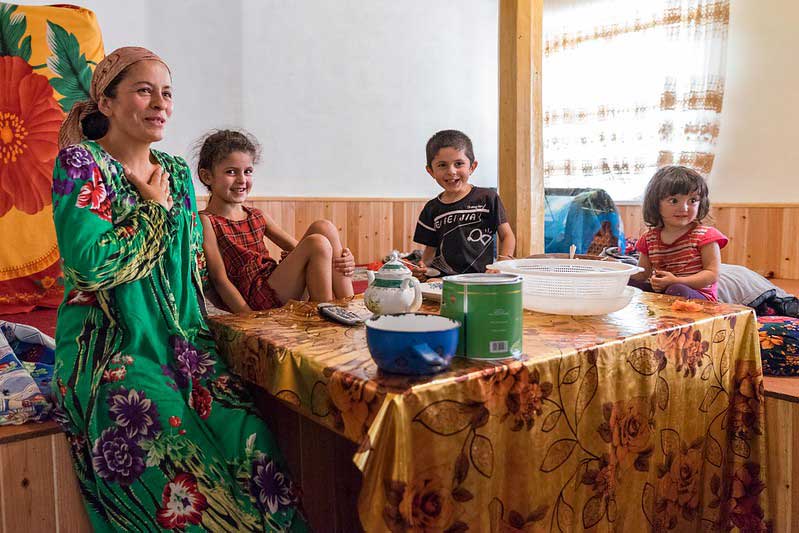
As the event drew to a close, Daler Jumaev, the General Manager of Pamir Energy, reminded the group on stage that while everyone is grateful for the assistance, there is much more to do. Up the road, an entire valley of Tajik villages still lack access, while across the river, 80 percent of the population is remain without power. He spoke of future projects: Shugnan VI, Sebzor, Sanobad – names of places along the border that also represent people in need. What we have started, we cannot stop.
Jens Clausen, Vice Chair of the PATRIP Foundation, ended simply by saying: “We will be back.” PATRIP and the Government of Norway have already authorised an assessment mission for the next phase of expansion, Shugnan VI. The team will return in the spring. Perhaps there will be music. Perhaps there will be dancing. But we know there will be commitment. And we know there will be more people like Azimsho and Hamida, eager to work, willing to risk, and ready to improve their communities and their countries.

Support our work Your donations are helping us build a future where we all thrive together.